Table of Contents
- Disclaimer
- Introduction
- Ayurvedic Principles of Acne Management
- Modern Dermatological Treatment Goals
- Ayurvedic Therapeutic Protocols
- Modern Medical Therapies
- Topical Therapy
- Integrative Therapeutic Model (Ayurveda + Modern)
- Psychological and Hormonal Considerations
- Panchakarma and Advanced Procedures
- Research Updates
- Preventive and Long-Term Care
- Comments from Leading Experts
- References
- Our Other articles
- Conclusion
Disclaimer
This article combines research from reputed medical and Ayurvedic sources, along with expert opinions. AI tools were used to compile and structure the content. It is not a substitute for professional medical advice.
Introduction
Acne vulgaris is a multifactorial chronic inflammatory disorder of the pilosebaceous unit. While commonly associated with adolescence, adult-onset acne is increasingly prevalent, affecting both men and women. Acne significantly impacts quality of life, often causing psychological distress, low self-esteem, and social withdrawal.
Modern medicine primarily addresses symptomatic control—sebum regulation, microbial management, and inflammation reduction. Ayurveda, on the other hand, aims to correct root causes at the level of Dosha, Dhatu, Agni, and Srotas. Integrating both approaches provides a holistic, effective, and long-term management strategy.
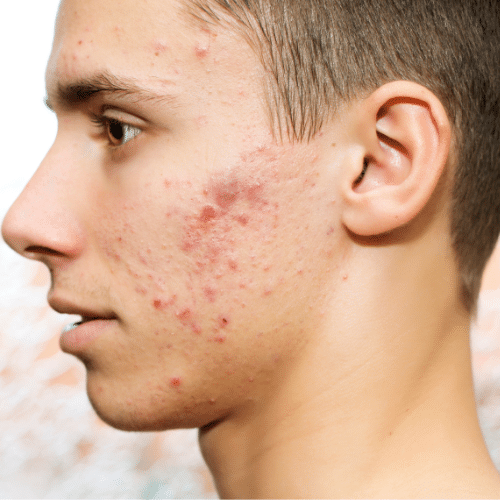
Ayurvedic Principles of Acne Management
In Ayurveda, acne is closely correlated with Yauvan Pidika or Mukhadushika. This condition is considered to arise from vitiation of Kapha and Vata Dosha, with secondary involvement of Pitta, leading to obstruction of Srotas (channels) and inflammation of the skin. The main pathophysiological factors include:
- Kapha vitiation: Sebum overproduction and stickiness (meda vriddhi) clogged channels.
- Vata vitiation: Blockage and abnormal movement in Srotas, Dryness, irregular lesion patterns, delayed healing.
- Pitta vitiation: Inflammatory lesions and suppuration , erythema, pustules
- Raktha dushti: Impure blood contributing to chronicity and lesion persistence and post-inflammatory hyperpigmentation
Goals of Ayurvedic Therapy:
- Shodhana (purificatory therapy)
- Shamana (palliative therapy)
- Srotoshodhana (cleansing of channels)
- Agni Deepana (improving digestion/metabolism)
- Rasayana (tissue rejuvenation and prevention of recurrence)
Modern Dermatological Treatment Goals
Modern evidence-based management focuses on four main targets:
- Sebum regulation
- Microbial control (especially Cutibacterium acnes)
- Keratinization normalization
- Inflammation control
Therapy is typically staged according to severity:
- Mild acne: Topical monotherapy
- Moderate acne: Topical + systemic
- Severe acne: Systemic therapy ± procedures
Ayurvedic Therapeutic Protocols
1. Shodhana Chikitsa (Purificatory Therapies)
These are indicated in chronic or moderate-to-severe cases to eliminate aggravated Doshas:
- Vamana Karma (emesis therapy): Useful in Kapha-dominant acne with excess sebum and comedones.
- Virechana Karma (purgation therapy): Especially effective for Pitta dominance and inflammatory acne. [Snna powder – 5gm with hot water once in a week ]
- Raktamokshana (bloodletting): Leech therapy or controlled bloodletting for deep-rooted lesions and post-inflammatory hyperpigmentation.
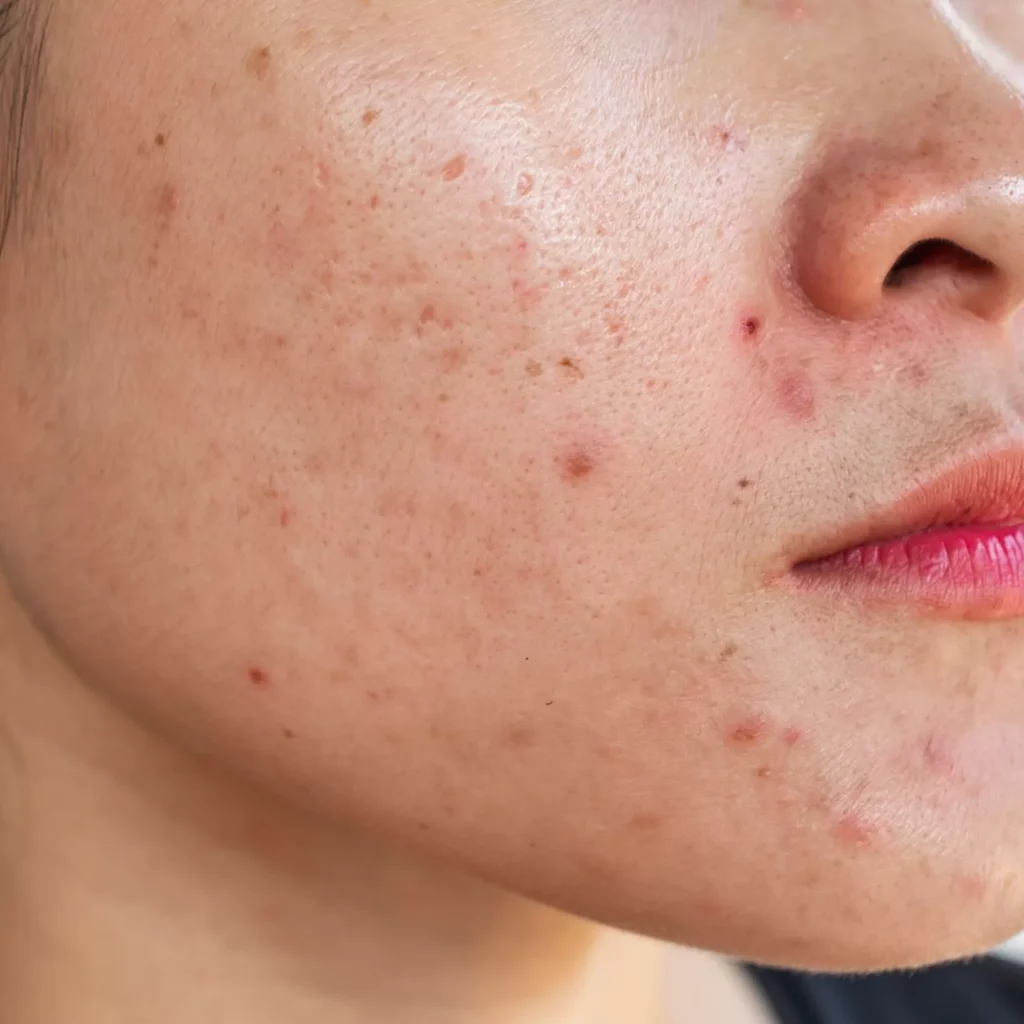
Recent studies in India have demonstrated significant reduction in lesion count with Virechana and Raktamokshana in 6–8 weeks.
2. Shamana Chikitsa (Palliative Therapies)
- Sonitamrta Kashayam – 60 ml morning and night before food
- Nisottamadi Kashayam – 60 ml morning and night before food
- Aragwadadi kasayam -60 ml morning and night before food
- kaisora Guggulu- 2-0-2 with Kashayam
- khadiraristam – 25ml + 25 ml luke warm water morning and night after food
- Aragwadaristam – 25 ml morning and night after food
- Madhusnuhi Rasayanam – 1tsp with warm water at bed time
Topical applications:
Lepa (herbal paste) using Manjistha, Turmeric, Neem, Yastimadhu, Chandana, and Triphala can help reduce lesion size and pigmentation.
- Multani Matti (Gopi candanadi) with rose water
- Lodhradi curnam with rose water
- Kunkumadi lepam in later phase
3. Rasayana Therapy (Rejuvenation)
- Chyawanprash and Guduchi preparations help prevent recurrence.
- Rasayana strengthens immunity, improves skin health, and regulates hormonal balance, Mechanism: Anti-inflammatory, antimicrobial, antioxidant and promotes healing.
4. Diet and Lifestyle Modifications
- Avoid oily, spicy, curd, masa, ice cream and junk food (Kapha–Pitta aggravating).
- Non vegetarian food , deep fried food
- Regular intake of warm water, Triphala at bedtime, and light Satvika diet.
- Good sleep hygiene and stress management to avoid hormonal flare-ups.
Modern Medical Therapies
Topical Therapy
- Retinoids: Tretinoin, Adapalene normalize keratinization, reduce comedones.
- Antibiotics: Clindamycin, Erythromycin – reduce bacterial load.
- Benzoyl Peroxide: Antimicrobial, keratolytic, and anti-inflammatory.
- Oral antibiotics: Doxycycline, Minocycline – for moderate-to-severe inflammatory acne.
Systemic Therapy
- Hormonal therapy: Oral contraceptives, anti-androgens for females with hyperandrogenism.
- Isotretinoin: For severe nodulocystic acne; requires strict monitoring due to teratogenicity and systemic effects.
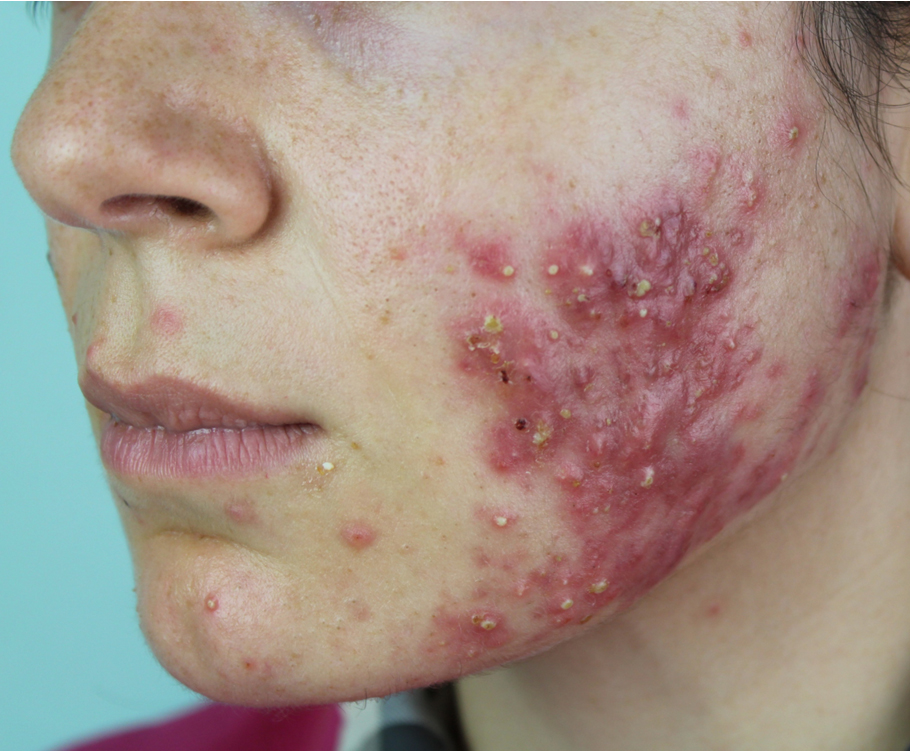
Adjunctive Procedures
Chemical peels, laser therapy, microdermabrasion for scars and pigmentation.
Evidence supports combination with Ayurvedic topical and systemic therapy to enhance results.
Integrative Therapeutic Model (Ayurveda + Modern)
An integrative approach aims to reduce lesion burden quickly while addressing the root imbalance:
| Phase | Modern Approach | Ayurvedic Approach | Goal |
|---|---|---|---|
| Acute Phase | Topical retinoid + benzoyl peroxide | Virechana / Raktamokshana | Rapid lesion control |
| Subacute Phase | Oral antibiotics if required | Shamana medicines + Lepa | Inflammation and microbial control |
| Maintenance | Minimal topical therapy | Rasayana + diet + lifestyle | Prevent recurrence |
Several Indian clinical trials have reported better patient satisfaction and lower relapse rates with integrative protocols.
Psychological and Hormonal Considerations
Acne significantly affects psychological health, often leading to anxiety, depression, or low self-esteem. Elevated cortisol levels, increased androgens, and inflammatory cytokines exacerbate lesions.
- Stress Management: Yoga, meditation, pranayama reduce cortisol, IL-6, and TNF-α levels.
- Cognitive Behavioral Therapy (CBT): Helps in anxiety/depression associated with acne.
- Hormonal Monitoring: Regular evaluation of testosterone, DHEAS, and IGF-1 in adult females to adjust therapy.
Panchakarma and Advanced Procedures
- Leech Therapy (Jalaukavacharana): Effective in inflammatory acne; improves microcirculation and reduces hyperpigmentation.
- Udvartana (Herbal Powder Massage): Decreases sebaceous overactivity and Kapha imbalance.Helps remove excess oil and reduce comedogenesis.
- Nasya (Nasal Therapy): Balances neuro-hormonal pathways; can reduce Pitta-Vata induced lesions.
- Pradeha / Swedana (Herbal Fomentation): Opens channels and enhances penetration of topical therapy.
Combination of these with modern topical therapies enhances healing.
Research Updates
- A 2023 meta-analysis (International Journal of Dermatology) confirmed that integrating botanical extracts like neem and turmeric with conventional therapy significantly improves inflammatory lesion count.
- Clinical studies at various Ayurvedic colleges in India show 70–80% reduction in lesion count with Virechana and herbal lepa over 8–12 weeks.
- Modern dermatological research highlights the role of gut–skin axis, correlating dysbiosis with acne severity.
Preventive and Long-Term Care
- Avoid frequent touching or picking lesions.
- Regular gentle cleansing, not over-washing.
- Balanced hormonal profile via diet, yoga, and stress control.
- Rasayana chikitsa at seasonal intervals.
- Minimal use of comedogenic cosmetics.
Comments from Leading Experts
- Jean Krutmann (Dermatologist, Germany): “Acne therapy must target inflammation early, not just bacterial growth.”
- M. S. Baghel (Ayurvedic Scholar, India): “Virechana and Raktashodhana act not just on skin but also correct metabolic imbalances.”
- Harper N. (Endocrinologist): “Hormonal modulation is key in adult acne, particularly in women.”
References
- Zaenglein, A. L., Pathy, A. L., Schlosser, B. J., Alikhan, A., Baldwin, H. E., Berson, D. S., et al. (2020). Guidelines of care for the management of acne vulgaris. Journal of the American Academy of Dermatology, 74(5), 945–973. https://doi.org/10.1016/j.jaad.2015.12.037
- Sharma, P., Nandini, D., & Raveendra, L. (2022). Role of Panchakarma and Lepa in acne vulgaris: An open-label clinical trial. Indian Journal of Research in Ayurveda & Pharmacy, 13(2), 105–111.
- Gupta, A. K., Jain, R., & Kaur, J. (2023). Efficacy of Ayurvedic herbal extracts in acne management: A meta-analysis. International Journal of Dermatology, 62(3), 391–404. https://doi.org/10.1111/ijd.15987
- Kaur, S., Verma, M., & Singh, R. (2022). Effect of Raktamokshana and Neem Lepa in acne vulgaris. Ayu Journal of Research, 44, 225–232.
- Chatterjee, P., Ghosh, S., & Banerjee, A. (2023). Pitta–Kapha dominance and hormonal acne: Clinical observations and treatment protocols. Journal of Ayurveda Case Reports, 8(2), 77–85.
- Zaidi, A., Ali, M., & Rehman, T. (2022). Psychological impact of acne: A systematic review. Journal of Psychodermatology, 19(4), 289–299.
- Indian Pharmacopoeia Commission. (2022). Standard Ayurvedic formulations for Yauvan Pidika (acne vulgaris). Government of India Publication.
Our Other articles
Acne Vulgaris: Causes, Pathogenesis, and Risk Factors Explained
Food Safety and Standards Act, 2006: Ensuring Safe & Healthy Food for India
Psoriasis: Modern and Ayurvedic Perspectives
Conclusion
An integrative approach to acne—merging evidence-based dermatology with classical Ayurvedic wisdom—offers a comprehensive solution that targets both root causes and surface manifestations. It addresses hormonal imbalance, gut–skin axis, inflammation, and psychological components, resulting in improved clinical outcomes and quality of life. Such protocols can be standardized for both clinical practice and research to set a new benchmark in holistic acne management.
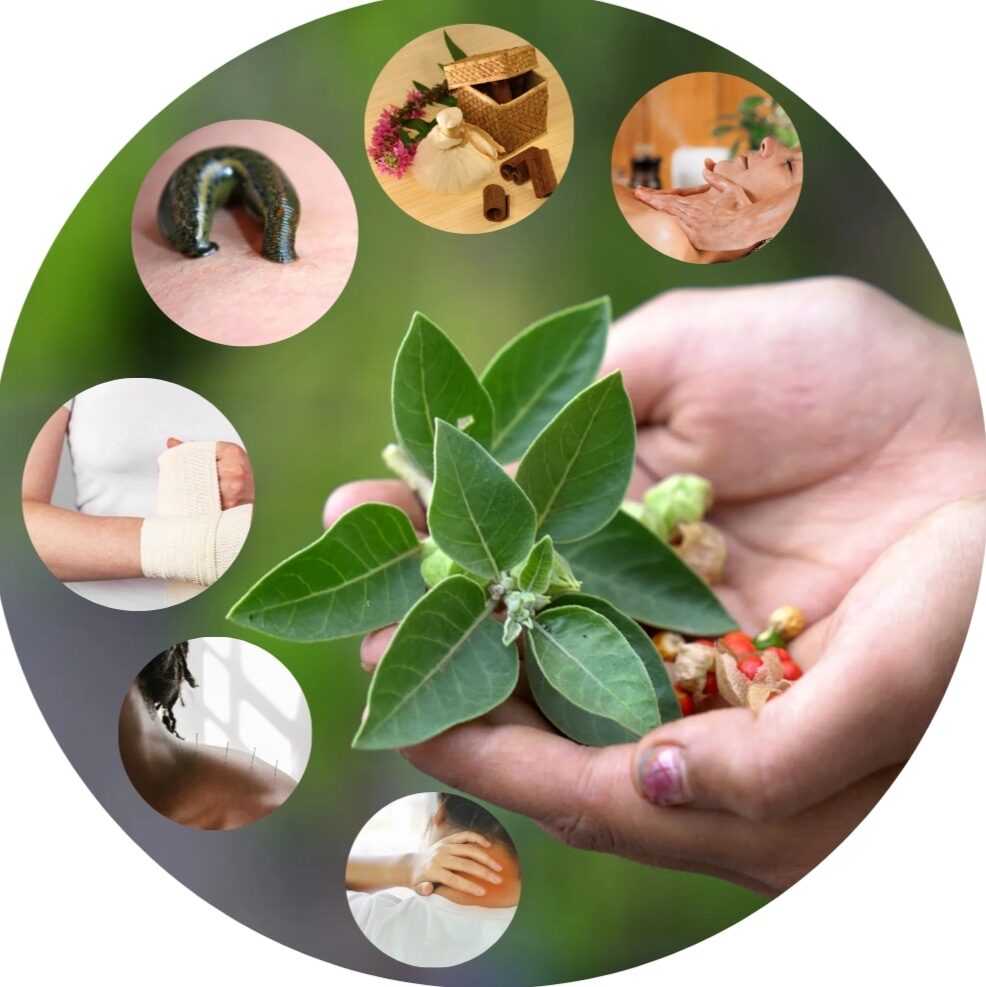
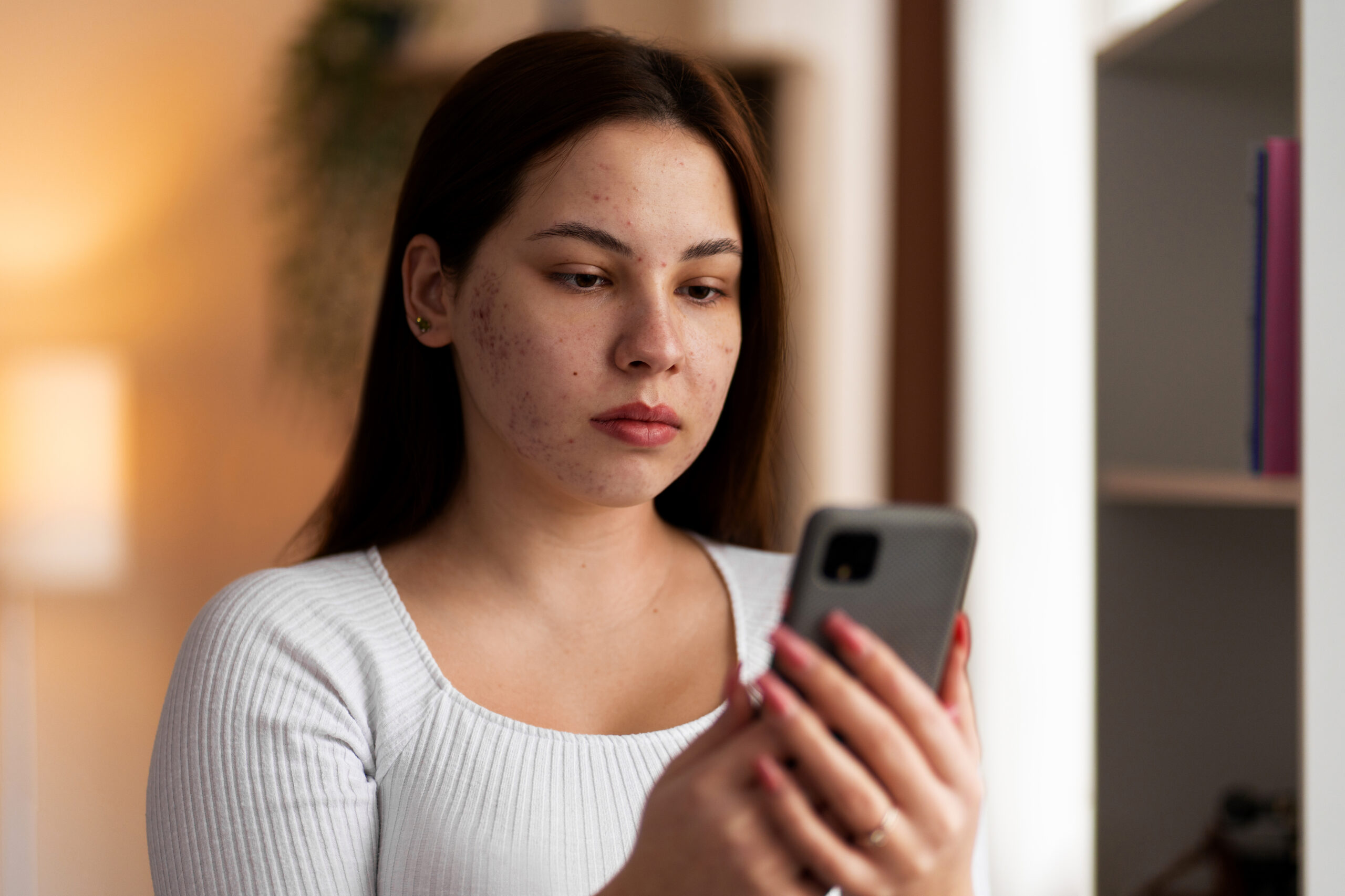
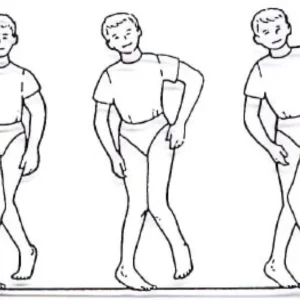

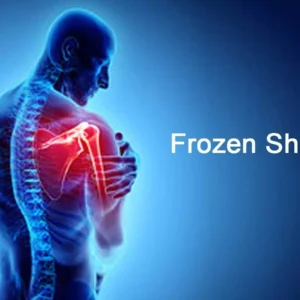



Pingback: Acne Vulgaris: Diagnostic Aspects and Clinical Assessment – An Integrative Ayurvedic and Modern Perspective -
Well demonstrated pathology and integrity of ayurved and modern medicine helps in better diagnosis and treatment.
Thanks you so much for appreciation Dr